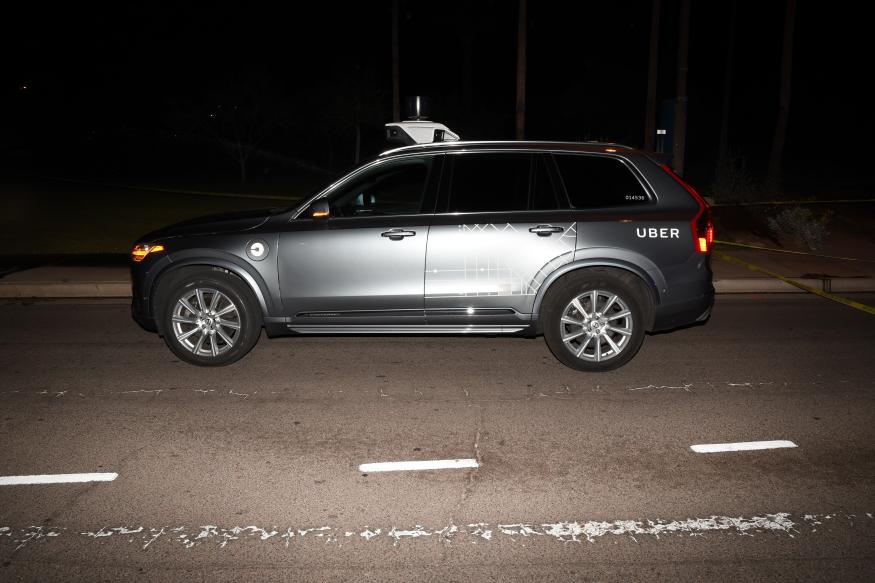Photo: Tempe Police Department via AP
‘Recent crash involving autonomous vehicle sparks debate on liability and accountability.’
The safety driver in the Uber self-driving car crash that resulted in the first known pedestrian fatality has pleaded guilty and been sentenced. Rafaela Vasquez, the Uber safety driver, will serve three years of probation for her involvement in the 2018 collision in Tempe, Arizona. The crash occurred when Elaine Herzberg was jaywalking at night. Prosecutors had demanded a sentence longer than the six months requested by the defense.
The prosecution argued that Vasquez was ultimately responsible for the crash. Although the car was operating at Level 3 autonomy and could be hands-free in limited conditions, the safety driver was supposed to be focused on the road and ready to take control if necessary. The autonomous vehicle detected Herzberg but failed to respond to her presence.
The defense placed partial blame on Uber, citing leaked conversations that suggested company executives anticipated a crash. The National Transportation Safety Board’s collision findings also revealed that Uber had disabled the emergency braking system on the vehicle, preventing it from making sudden stops.
Tempe police stated that Vasquez was watching a show on Hulu and not paying attention at the time of the crash. The defense argued that Vasquez was paying attention and had only been momentarily distracted.
This plea and sentencing could have implications for future cases involving autonomous vehicles. The question of liability has long surrounded driverless cars – whether the human or the manufacturer is at fault. This case suggests that humans may still face penalties even when they have the ability to take control, although the punishment may not be as severe as in conventional situations.
While fatal crashes involving autonomous vehicles are not new, this pedestrian case stands out. It lingers in the background as companies like Waymo and GM’s Cruise introduce Level 4 driverless offerings and conduct tests. Although the technology has advanced since 2018, there are still concerns about safety, leading to calls for a freeze on robotaxi rollouts.
